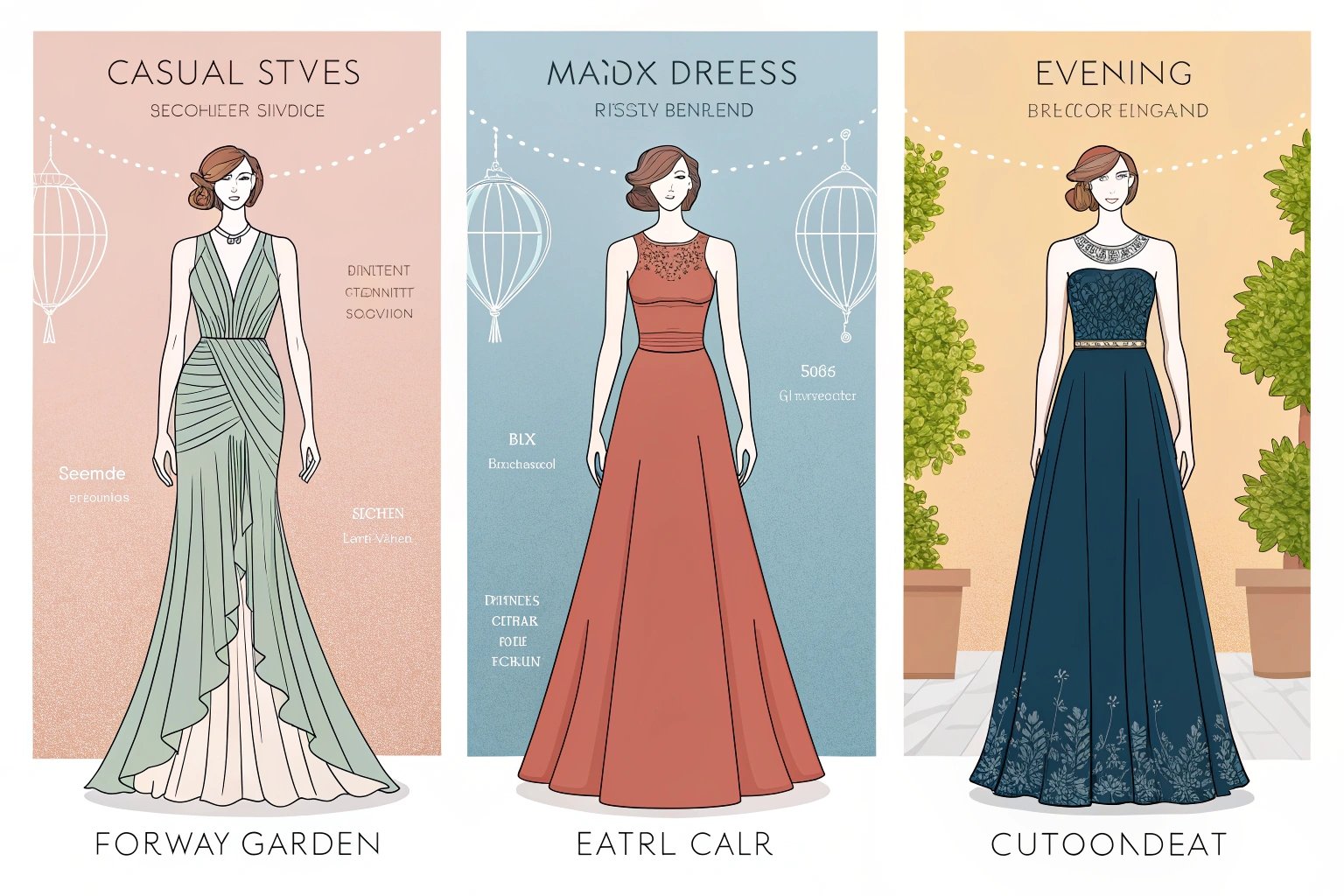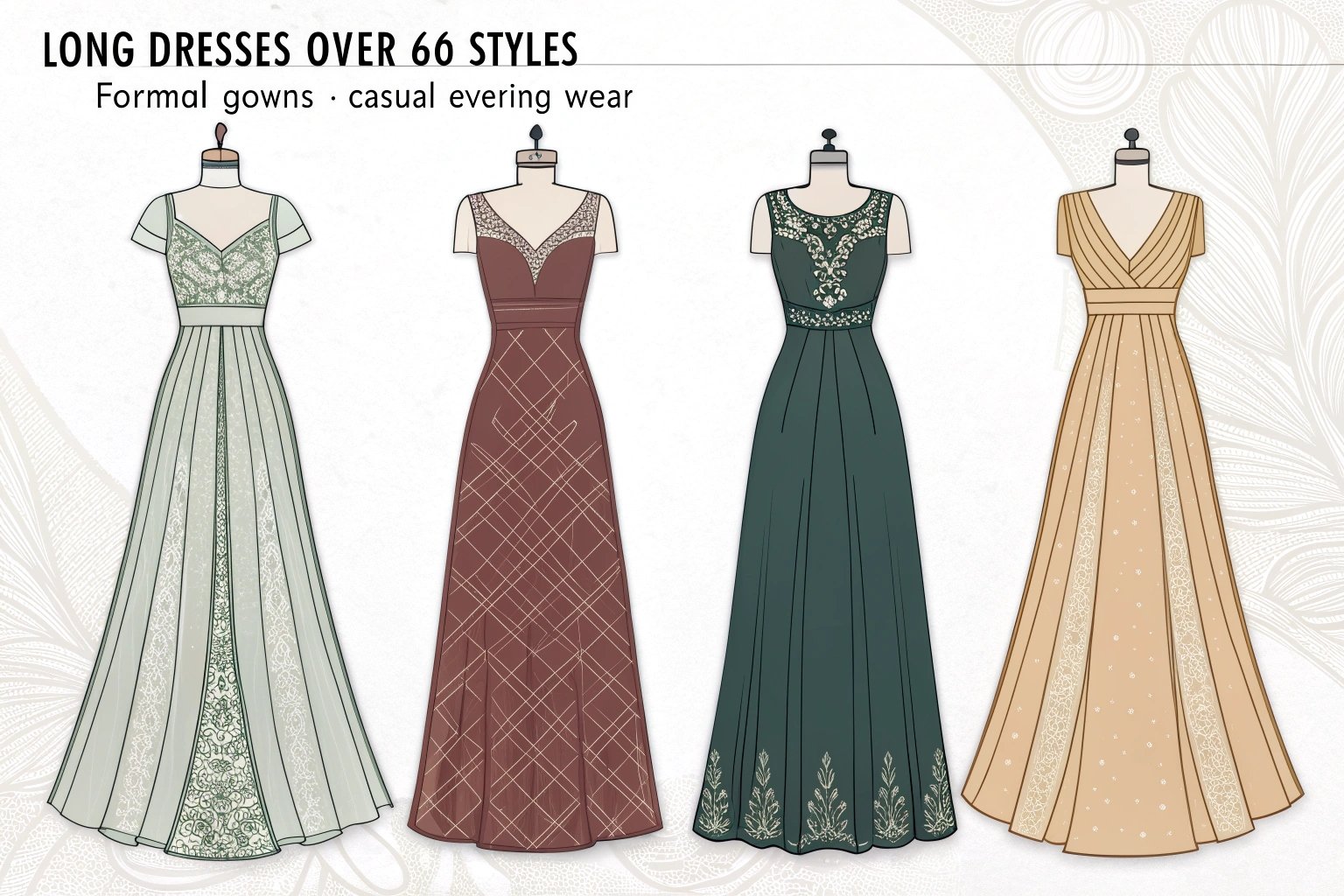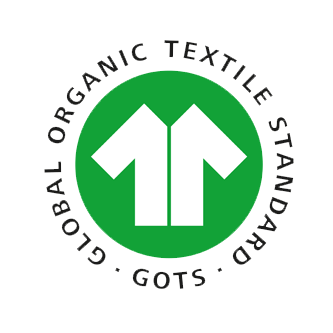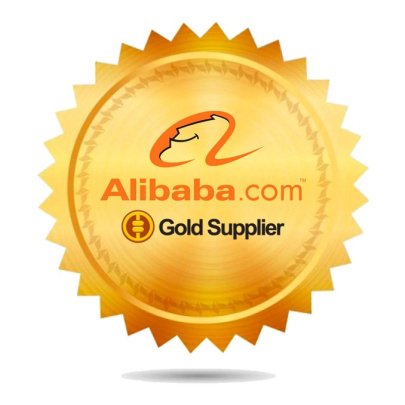For small clothing brands in the USA, sourcing high-quality fabric at competitive prices is a critical step in building a successful apparel business. Whether you’re producing a limited-run fashion line or creating custom garments, the right fabric supplier can make or break your brand. In this guide, we’ll explore where small businesses get their fabrics from, the role of wholesale manufacturers1, and the best strategies for sourcing materials efficiently.
Small clothing businesses typically source fabric from wholesale manufacturers, fabric distributors, and online suppliers. USA-based manufacturers often provide both fabric sourcing and garment production, offering convenience and efficiency for small brands.
Transition paragraph: Let’s dive deeper into why fabric sourcing is so important and where small businesses can find the best suppliers in the USA.
Why Is Fabric Sourcing Important for Small Clothing Businesses?
Fabric sourcing is the backbone of apparel production. The quality, cost, and availability of fabric directly impact the quality of the finished garment, production timelines, and overall profitability. For small businesses, choosing the right fabric source is crucial for brand positioning and cost control.
Fabric sourcing determines your product’s quality, durability, and price. Selecting the right supplier ensures consistency, cost efficiency, and a competitive edge in the apparel market.
 Fashion Color Selection
Fashion Color Selection
How Does Fabric Quality Impact Your Clothing Brand’s Success?
Fabric quality plays a significant role in shaping your brand’s image. High-quality fabrics provide better comfort, durability, and aesthetic appeal, leading to satisfied customers and repeat business. Conversely, poor-quality fabrics can result in product returns, negative reviews, and brand damage.
Premium fabrics also allow small businesses to position themselves in higher-value segments, enabling them to charge more for their products. This is particularly important for niche markets like activewear, luxury fashion, or sustainable clothing.
| Factor | Impact on Brand Success |
|---|---|
| Comfort & Fit | High-quality fabrics provide better wearability. |
| Durability | Reduces returns and improves customer satisfaction. |
| Aesthetics | Enhances brand perception and allows premium pricing. |
What Are the Key Factors to Consider When Choosing a Fabric Source?
When choosing a fabric source, consider:
- Material Type: Does the supplier offer fabrics suitable for your designs (cotton, polyester, spandex blends, etc.)?
- MOQ (Minimum Order Quantity): Can the supplier accommodate small orders for startups?
- Pricing & Shipping: Are costs competitive, and what is the lead time for delivery?
- Certifications: For eco-conscious brands, look for suppliers with sustainable fabric certifications2 like GOTS or OEKO-TEX.
Where Do Small Businesses Typically Source Their Fabric?
Small clothing businesses in the USA rely on a mix of domestic and international sources, depending on their budget, order size, and lead time requirements.
Small businesses source fabric from wholesale manufacturers, fabric wholesalers, distributors, and online marketplaces. Many USA-based clothing manufacturers also provide fabric sourcing as part of their full-service production offerings.
How Do Wholesale Clothing Manufacturers in the USA Supply Fabrics to Small Brands?
USA-based wholesale clothing manufacturers often provide integrated solutions for small businesses, including fabric sourcing, garment production, and even design assistance. This reduces the complexity of managing multiple suppliers and ensures consistency in material quality.
Many manufacturers maintain direct relationships with textile mills, allowing them to source fabrics at bulk pricing3, which can benefit small businesses that need cost efficiency and faster lead times.

What Role Do Fabric Wholesalers and Distributors Play in the Supply Chain?
Fabric wholesalers and distributors act as intermediaries between textile mills and small businesses. They offer smaller order quantities compared to mills, making them ideal for startups that cannot meet large MOQs. Distributors often stock a wide variety of fabrics, allowing small businesses to access different materials without committing to bulk purchases.
| Source Type | Key Advantage |
|---|---|
| Manufacturers | Full-service solutions (fabric + production) |
| Wholesalers | Variety and low MOQs for small businesses |
| Online Suppliers | Easy access, convenient ordering, global sourcing |
What Are the Best Places to Buy Fabric for Small Clothing Businesses?
Finding reliable fabric sources is essential for small businesses to maintain consistent quality and cost efficiency. The USA offers multiple options for sourcing fabric.
Small businesses can buy fabric from USA-based wholesale markets, online fabric suppliers, and clothing manufacturers that provide fabric sourcing services. These options cater to different needs based on order size and customization.
How Can You Source Fabric from USA-Based Wholesale Markets and Manufacturers?
Popular wholesale fabric markets in the USA include:
- Los Angeles Fashion District (California): Known for an extensive range of fabrics, including knits, woven, and performance textiles.
- New York Garment District: Offers premium fabrics for fashion-forward and luxury brands.
- Dallas Market Center: Focused on a variety of apparel textiles for both small and large buyers.
USA-based manufacturers like Bella+Canvas and American Apparel also offer fabric sourcing and garment production4 services for small brands.
What Are the Most Reliable Online Fabric Suppliers for Small Businesses?
Reliable online platforms include:
- Fabric.com: Offers a wide range of textiles, from basic cotton to specialty fabrics.
- Mood Fabrics: Known for premium fashion fabrics and unique textiles.
- WholesaleFabricDirect.com: Great for bulk purchasing at competitive prices5.
| Platform | Specialty |
|---|---|
| Fabric.com | Variety of fabrics for apparel and home projects |
| Mood Fabrics | Premium designer fabrics |
| WholesaleFabricDirect | Bulk fabrics at competitive pricing |
How Do Wholesale Clothing Manufacturers in the USA Help Small Businesses?
Wholesale clothing manufacturers in the USA play an important role in simplifying the supply chain for small businesses. They offer services beyond just fabric sourcing, often providing design support and low MOQ production.
USA-based clothing manufacturers assist small businesses by sourcing fabrics, producing garments, and offering low MOQ options, making it easier for startups to enter the market.
How Do Manufacturers Offer Both Fabric Sourcing and Garment Production?
Many manufacturers provide end-to-end services that include:
- Fabric Procurement: Sourcing the right materials based on client specifications.
- Sampling: Creating prototypes to ensure quality and fit before full production.
- Bulk Manufacturing: Producing garments once samples are approved.
This integrated approach helps small businesses save time and money, avoiding the complexity of managing multiple suppliers.
How Do Low MOQ Options Benefit Small Clothing Brands in the USA?
Low MOQ options are critical for small businesses that cannot afford large-scale production. Many USA-based manufacturers offer MOQs as low as 50–100 units per style, allowing startups to launch collections without tying up large amounts of capital.
| Benefit | Explanation |
|---|---|
| Low Financial Risk | Smaller orders reduce upfront investment |
| Flexibility | Ability to test designs before scaling |
| Faster Market Entry | Quicker turnaround with smaller production runs |
What Are the Challenges of Sourcing Fabric as a Small Business?
Fabric sourcing comes with several challenges, especially for small businesses operating on tight budgets.
Challenges include high MOQs, fluctuating fabric prices, limited access to premium fabrics, and shipping delays6. Small businesses must navigate these hurdles to remain competitive.

How Do Minimum Order Quantities (MOQs) Affect Fabric Sourcing?
Most textile mills have high MOQs (often 1,000+ yards per fabric type), which is unrealistic for small businesses. This makes it difficult for startups to access certain fabrics unless they work with wholesalers or manufacturers that allow smaller quantities.
How Can Small Businesses Overcome High Fabric Costs and Limited Access?
Strategies include:
- Partnering with Low MOQ Suppliers: Choose wholesalers or manufacturers that cater to small orders.
- Buying Deadstock Fabric: Purchase leftover fabric from large brands at discounted rates.
- Joining Buying Groups: Collaborate with other small businesses to pool orders and meet higher MOQs.
| Challenge | Solution |
|---|---|
| High MOQs | Work with low MOQ suppliers or buying groups |
| High Fabric Costs | Use deadstock or negotiate bulk discounts |
| Limited Fabric Access | Explore online suppliers for global sourcing |
How to Build Strong Relationships with Fabric Suppliers and Manufacturers?
Building strong supplier relationships ensures consistency in quality, cost stability, and timely delivery.
Developing trust with suppliers involves clear communication, timely payments, and long-term commitments. This fosters better pricing, priority service, and reliability.
What Are the Best Practices for Negotiating Prices and MOQs?
- Start Small, Scale Later: Negotiate lower MOQs for initial orders, with a commitment to increase volume over time.
- Bundle Orders: Combine multiple styles in one order to meet supplier requirements.
- Be Transparent: Share your growth plans with suppliers to secure better terms.
How Do You Ensure Consistent Quality and On-Time Delivery from Suppliers?
- Request Samples: Test fabric quality before bulk orders.
- Use Quality Agreements: Document quality standards and delivery timelines in contracts.
- Monitor Production: Regular updates and inspections help ensure consistency.
| Best Practice | Benefit |
|---|---|
| Sampling & Testing | Prevents quality issues before mass production |
| Clear Communication | Reduces misunderstandings and delays |
| Long-Term Partnership | Leads to better pricing and supplier loyalty |
Conclusion
Fabric sourcing is a crucial element for small clothing businesses in the USA. From working with wholesale clothing manufacturers to leveraging online platforms, small brands have multiple options to access quality fabrics. While challenges like high MOQs and limited access remain, partnering with the right suppliers and negotiating effectively can help small businesses thrive in the competitive fashion industry.
-
Understand how wholesale manufacturers can simplify your fabric sourcing and production process. ↩
-
Learn about certifications that can enhance your brand’s eco-friendly image and attract conscious consumers. ↩
-
Discover how bulk pricing can help small businesses save money and improve margins. ↩
-
Find out how integrated services can streamline your production process and save time. ↩
-
Learn strategies to source fabrics at competitive prices to boost your brand’s profitability. ↩
-
Understand the factors that can lead to shipping delays and how to mitigate them. ↩









